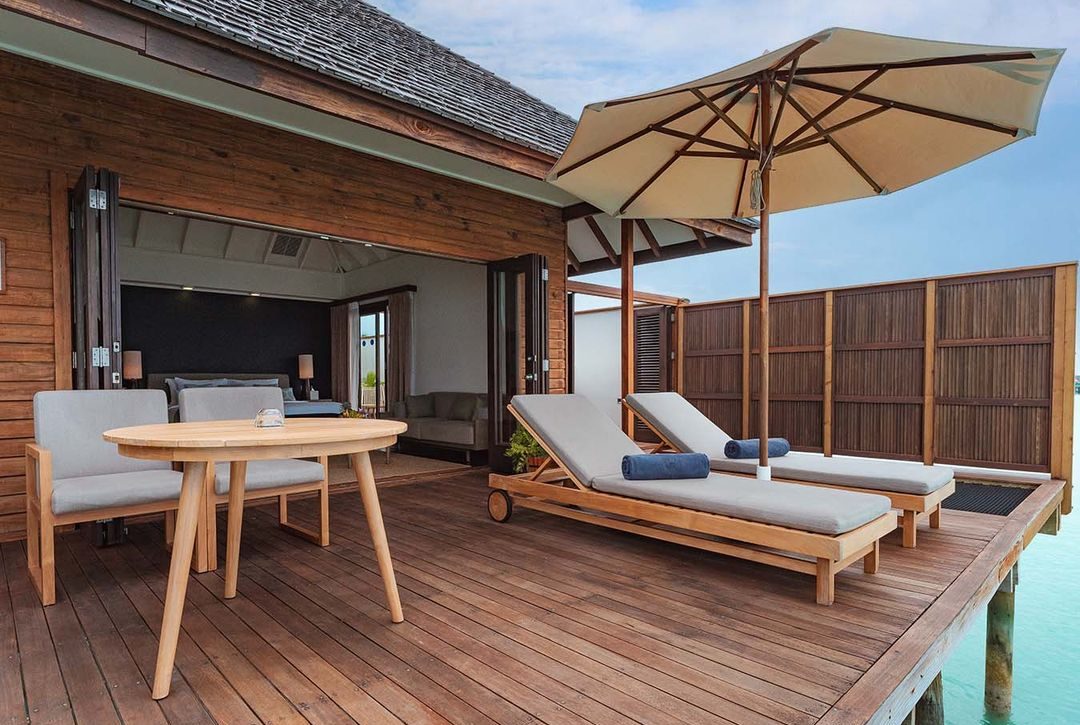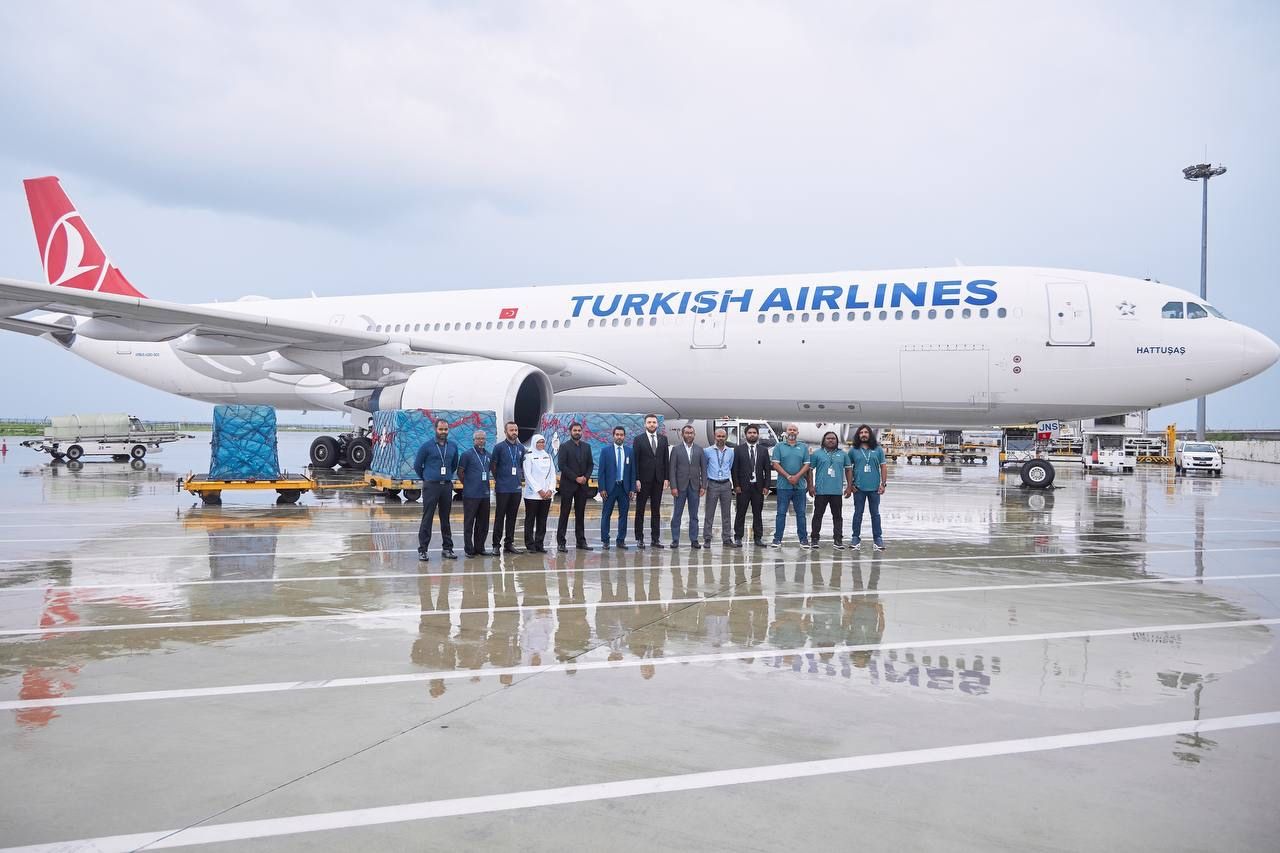Maldives was promoted virtually on Southeast Asia’s largest B2B travel & trade show, ITB Asia 2021 Virtual. The event was held from 25th to 29th October 2021.
ITB Asia 2021 Virtual, alongside MICE Show Asia 2021 Virtual and Travel Tech Asia 2021 Virtual, provided five days of back-to-back business appointments for co-exhibitors to maximise their networking opportunities via the enhanced virtual meeting platform. Co-exhibitors were provided with an interactive networking profile and five complimentary virtual trade visitor tickets to the event. The event also featured a comprehensive supplier directory, knowledge library and on-demand videos.
Maldives was marketed at the event by Visit Maldives and 15 industry partners. The participation in ITB Asia 2021 Virtual was conducted as part of the strategy to gain momentum and increase tourist arrival numbers from Southeast Asia. It provided a platform for Visit Maldives and the industry partners to connect and network with key stakeholders from the Southeast Asian market, and to inform the travel trade about the latest information regarding the destination. Through this event, Visit Maldives marketed Maldives as a safe haven for travellers from Southeast Asia, emphasizing the geographical advantage of our islands which allows natural social distancing for tourists.
This is Asia’s largest B2B travel trade show, bringing more than 13,000 show attendees. Over 132 countries & territories took part in the five-day virtual event, making it the largest international travel trade show held in the region. Over 3,200 exhibitors and more than 1,250 pre-qualified buyers from the MICE, Corporate, and Leisure segment took part in ITB Asia 2021 Virtual.
The South Asian market has been an important market for the Maldives during the past several years. By 24th October this year, Maldives welcomed 962,490 tourists. However, with borders of important markets in the Southeast Asia region still closed, the region has contributed 1,766 arrivals to this figure. So far this year Visit Maldives has held several activities such as webinars, roadshows, and joint marketing campaigns targeting this market. They have also participated in minor and major fairs and exhibitions held for the travel trade from this market, in order to increase arrivals and brand awareness of the Maldives. Ongoing activities for this market include a Campaign with TripZilla, Digital Campaign with Malaysia Tatler and a Campaign with Travel Weekly Asia.
Future activities planned for this market are Maldives E-Learning Program for Southeast Asia, Halal In Asia B2B Virtual Event, Cabvertising Campaign with MyBump Media and participation at the Malaysia International Dive Exhibition 2021 (MIDE).
Visit Maldives prioritizes holding marketing activities targeting top, new and emerging markets, in order to maintain destination momentum, increase bookings and arrivals and keep Maldives as a top of the mind destination globally.







